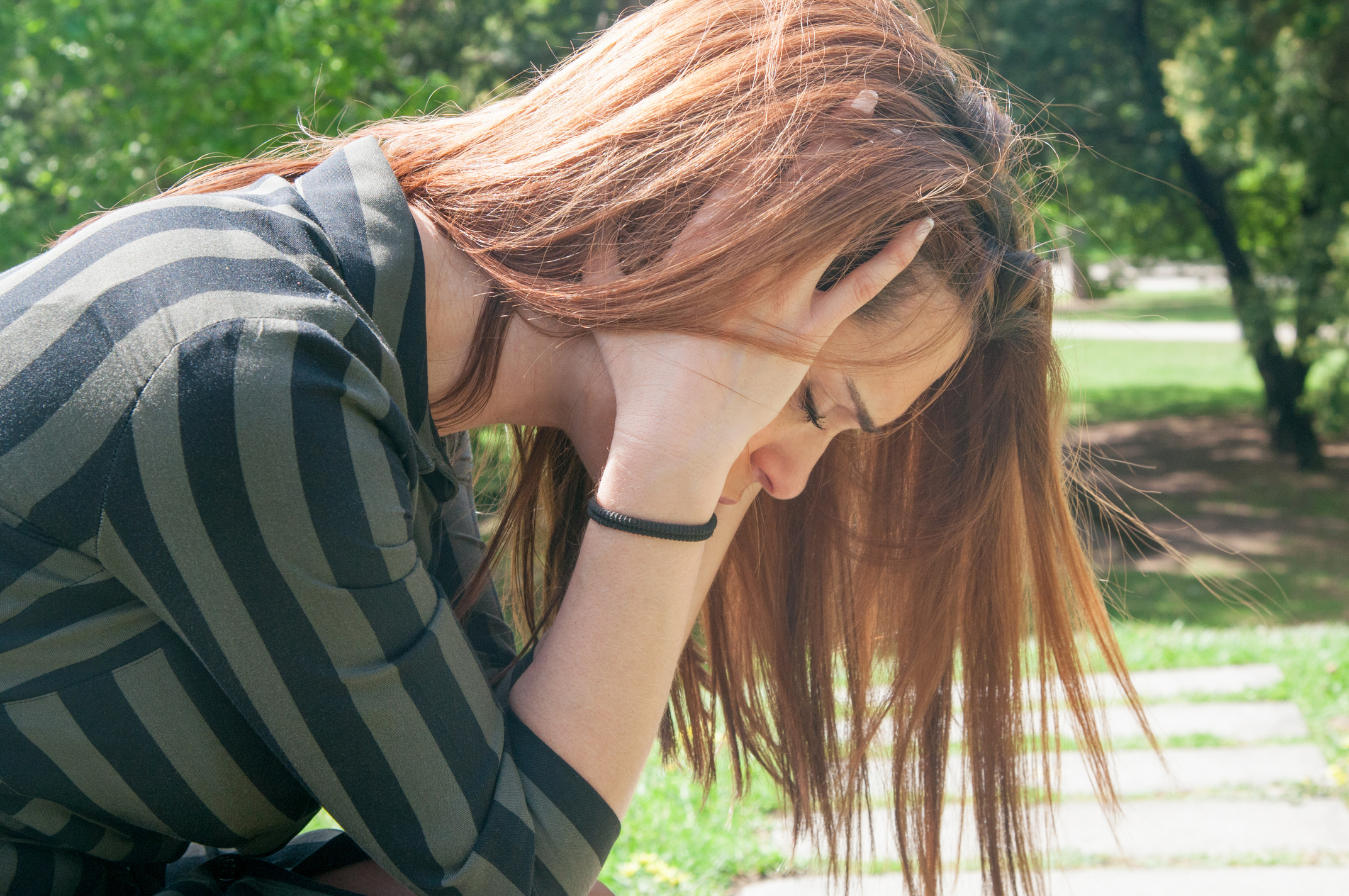

According to recent research, people’s highest suicidal thoughts are experienced in the month preceding the spring/early summer peak of suicidal activities. It also revealed that suicidal thoughts peak every day between 4-5 in the morning.
Although most people believe that suicide rates will be highest in the winter, researchers have long been puzzled by the fact that suicidal actions increase in the spring and early summer.
In a study conducted in collaboration with Harvard University, the University of Amsterdam, and the School of Psychology at the University of Nottingham, researchers looked at the seasonal patterns of suicidal thoughts and determined when they peak each year and when they are at their worst. Translational Psychiatry has published the findings.
Over 10,000 adults in the UK, US, and Canada responded to surveys and tasks over a six-year period on their moods, thoughts, and ideas related to suicide and self-harm using the Project Implicit Health Database (PIH).
Brian O’Shea and René Freichel, the researchers, demonstrate that suicidal thoughts are in fact most prevalent in the winter (December), and they created a conceptual model to explain why suicidal conduct takes a few months to reach a “tipping point.” They also discovered that persons are most prone to commit suicide between the hours of 4-6 in the morning. Additionally, over the course of the six-year trial, they discovered an overall rise in negative self-harm cognitions.
Dr. Brian O’Shea from the University of Nottingham led the study and explains, “It is well documented that winter is the time when people with mental health problems may struggle with worsening mood and depression, indeed Seasonal Affective Disorder is a recognized issue related to the change in season that affects many people’s mental health.
“So, it may come as a surprise that spring, a time when you would assume people’s mood lifts, is actually the time of year when people are most at risk of taking their own lives. The reasons for this are complex, but our research shows that suicidal thoughts and mood are the worst in December and the best in June.
“Between these two points, there is a heightened risk of suicidal behavior, and we feel this is occurring because the gradual improvements in their mood and energy may enable them to plan and engage in a suicide attempt. The relative comparison between the self and others’ mood improving at a perceived greater rate are complementary possibilities that need further testing.”
The temporal dynamics of explicit and implicit self-harm cognitions were explored via online tasks, with explicit cognition being examined by direct questions about mood, suicide, and self-harm using a standard 1–5 scale. With the help of a reaction-time task, implicit cognition was investigated by having participants classify phrases pertaining to themselves into categories of life and death in real-time.
Three categories of respondents made up the sample: those who had previously attempted suicide, those who had suicidal thoughts or behaviors but had not yet self-harmed, and those who had neither. In particular, among those who had already attempted suicide, the researchers discovered seasonality effects for mood and the desire to die as well as an overall rise in negative self-harm cognitions throughout the course of the six-year study.
The results indicate a lag between the wintertime peak of explicit and implicit suicidal cognition and the springtime peak of suicide attempts and suicide deaths. Prior to implicit self-harm associations, which peaked in February, there was explicit suicide cognition, which peaks in December. Both of these peaks occur before the spring/early summer peak in suicide behavior. In a 24-hour period, similar lagged effects were seen, with explicit suicidal thought and mood peaking at 4-5 a.m. and implicit cognition after this peak.
Dr. O’Shea adds, “This study is the first to look at temporal trends around mood and self-harm thoughts on such a large scale and really pinpoints times when intervention could be most beneficial.”
more recommended stories
 Brain’s Biological Age Emerges as Key Health Risk Indicator
Brain’s Biological Age Emerges as Key Health Risk IndicatorClinical Significance of Brain Age in.
 Children’s Health in the United States is Declining!
Children’s Health in the United States is Declining!Summary: A comprehensive analysis of U.S..
 Autoimmune Disorders: ADA2 as a Therapeutic Target
Autoimmune Disorders: ADA2 as a Therapeutic TargetAdenosine deaminase 2 (ADA2) has emerged.
 Is Prediabetes Reversible through Exercise?
Is Prediabetes Reversible through Exercise?150 Minutes of Weekly Exercise May.
 New Blood Cancer Model Unveils Drug Resistance
New Blood Cancer Model Unveils Drug ResistanceNew Lab Model Reveals Gene Mutation.
 Healthy Habits Slash Diverticulitis Risk in Half: Clinical Insights
Healthy Habits Slash Diverticulitis Risk in Half: Clinical InsightsHealthy Habits Slash Diverticulitis Risk in.
 Caffeine and SIDS: A New Prevention Theory
Caffeine and SIDS: A New Prevention TheoryFor the first time in decades,.
 Microbial Metabolites Reveal Health Insights
Microbial Metabolites Reveal Health InsightsThe human body is not just.
 Reelin and Cocaine Addiction: A Breakthrough Study
Reelin and Cocaine Addiction: A Breakthrough StudyA groundbreaking study from the University.
 Preeclampsia and Stroke Risk: Long-Term Effects
Preeclampsia and Stroke Risk: Long-Term EffectsPreeclampsia (PE) – a hypertensive disorder.

Leave a Comment